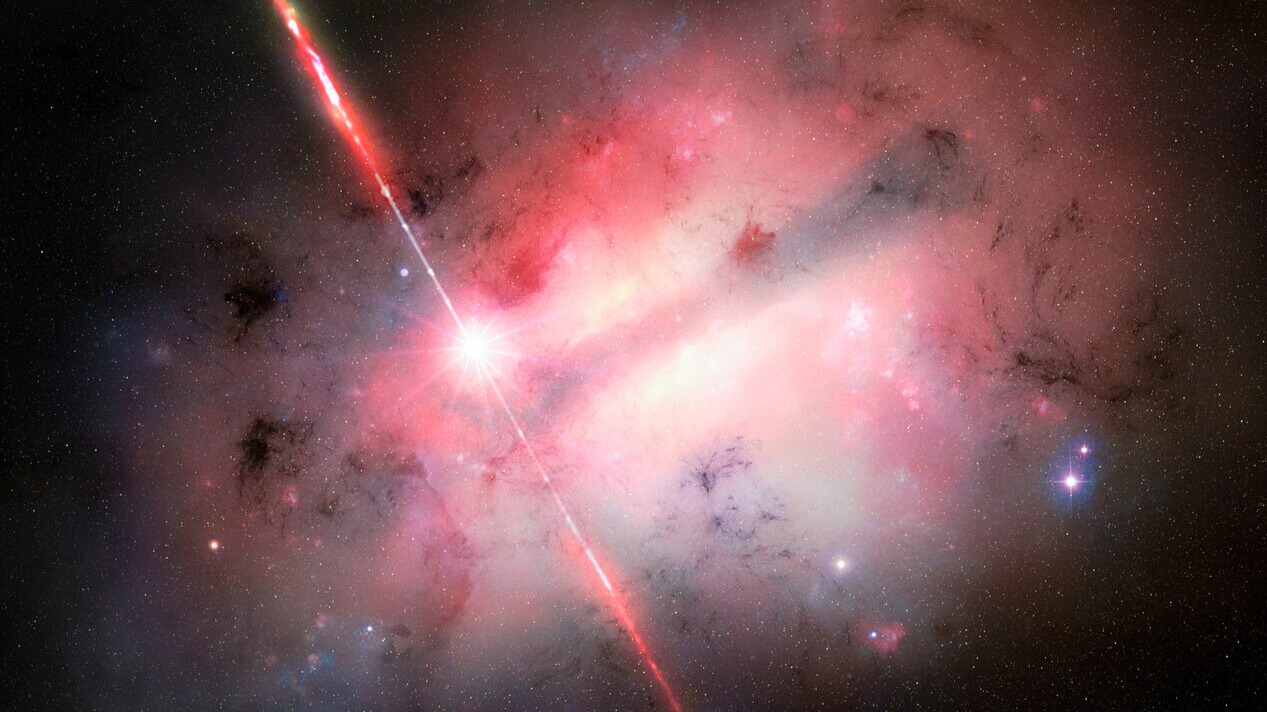Spacecraft Beams Home New Images of Mercury
Scientists are sifting through their first new views of the planet Mercury in more than three decades thanks to images beamed home by NASA?s MESSENGER probe.
The car-sized spacecraft zipped past Mercury in a Monday flyby and is relaying more than 1,200 new images and other data back to eager scientists on Earth.
?Now it?s time for the scientific payoff,? MESSENGER principal investigator Sean Solomon of the Carnegie Institution of Washington told SPACE.com after the flyby. ?It?s just a complete mix of results that we?re going to get.?
In one new image, released today, the planet?s stark surface is shown peppered with small craters, each less than a mile (1.6 km) in diameter and carved into an area about 300 miles (482 km) across. MESSENGER used its narrow-angle camera to photograph the scene, which is dominated by a large, double-ringed crater dubbed Vivaldi after the Italian composer. While the crater was last seen by NASA?s Mariner 10 probe, MESSENGER?s camera observed it with unprecedented detail, researchers said.
Another new view reveals the first look at the half of Mercury left uncharted by Mariner 10.
?It is already clear that MESSENGER?s superior camera will tell us much that could not be resolved even on the side of Mercury viewed by Mariner?s vidicon camera in the mid-1970s,? said MESSENGER researchers at the Johns Hopkins University?s Applied Physics Laboratory (JHUAPL) in a Wednesday statement. JHUAPL engineers built MESSENGER for NASA and are managing its $446 million mission for the space agency.
MESSENGER, short for MErcury Surface, Space ENvironment, GEochemistry, and Ranging, trained its seven instruments on Mercury on Monday for the first of three planned flybys to guide itself toward a March 18, 2011, arrival into orbit around the small, rocky planet. The mission is the first to visit Mercury since 1975, when Mariner 10 made its third and final swing past the planet.
Get the world’s most fascinating discoveries delivered straight to your inbox.
?These flybys are the only time that we fly by the surface of Mercury at low latitude near the equator,? Solomon said.
MESSENGER is due to make a second rendezvous at Mercury in October, then swing by on third pass in September 2009. The probe launched in August 2004 and flew by Earth once and Venus twice during its 4.9 billion-mile (7.9 billion-kilometer) trek toward Mercury orbit.
During Monday?s flyby, MESSENGER skimmed just 124 miles (200 km) above Mercury?s surface and snapped photographs of about half of the estimated 55 percent of the planet that remained uncharted after Mariner 10?s mission. In addition to imagery, the probe is expected to return a wealth of new observations made by its seven instruments to scrutinize Mercury?s surface composition, magnetic field, tenuous atmosphere, unusually high density and other features.
?It will take upwards of a week to get all of the data off the spacecraft,? said MESSENGER systems engineer Eric Finnegan before the Monday flyby. ?Within that week, the scientists will start receiving some of the images of the flyby and processing that data.?
Researchers hope MESSENGER?s findings will not only answer long-standing questions about Mercury, but also shed new light on how planets formed in the early days of the solar system. The probe will generate complete maps of Mercury?s surface, measure the planet's gravitational field and search for any hints of ice at the bottom of permanently shadowed craters near the poles as part of its mission.
?I just can?t wait,? said Mark Robinson, a MESSENGER science team member at the University of Arizona. ?I want to see what?s around the corner.?

Tariq is the editor-in-chief of Live Science's sister site Space.com. He joined the team in 2001 as a staff writer, and later editor, focusing on human spaceflight, exploration and space science. Before joining Space.com, Tariq was a staff reporter for The Los Angeles Times, covering education and city beats in La Habra, Fullerton and Huntington Beach. He is also an Eagle Scout (yes, he has the Space Exploration merit badge) and went to Space Camp four times. He has journalism degrees from the University of Southern California and New York University.


